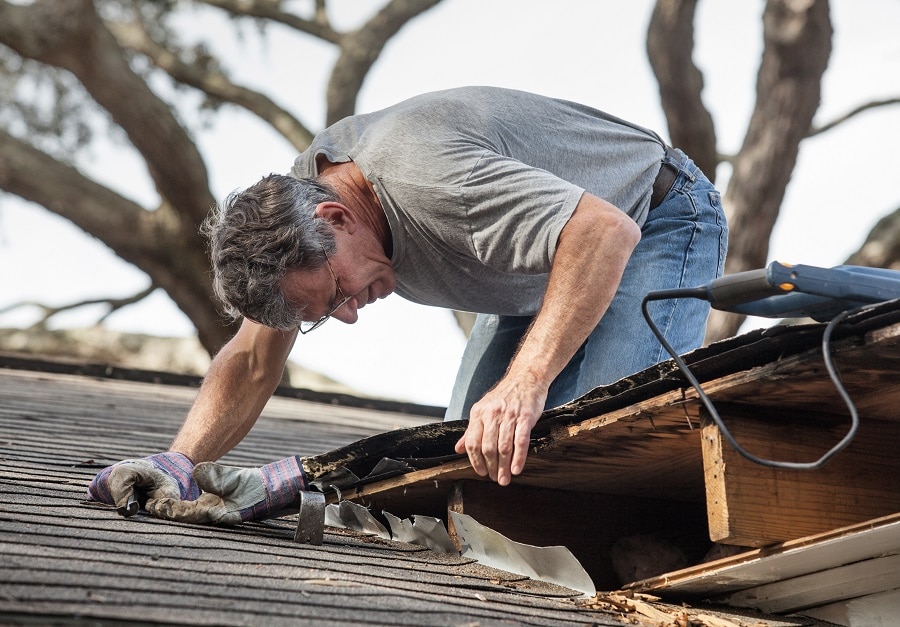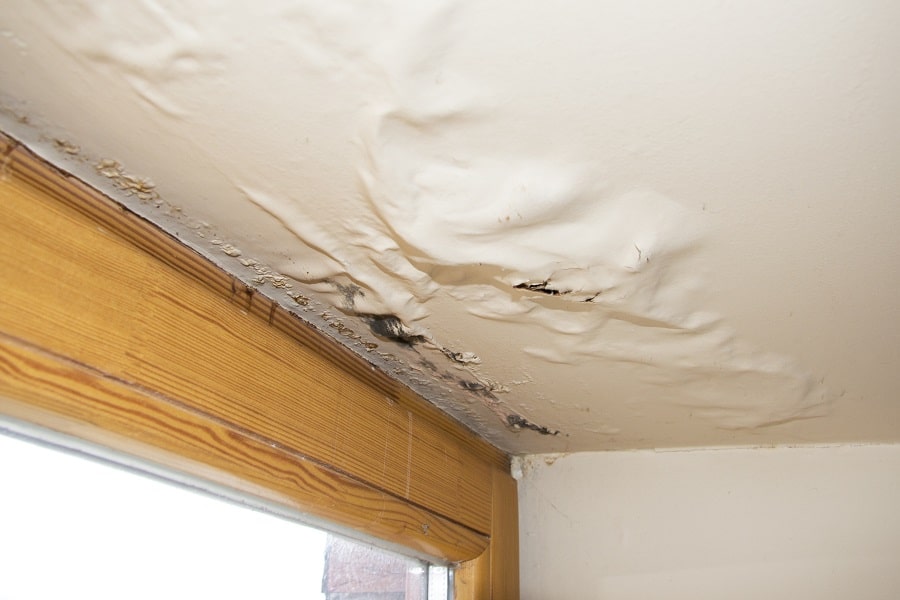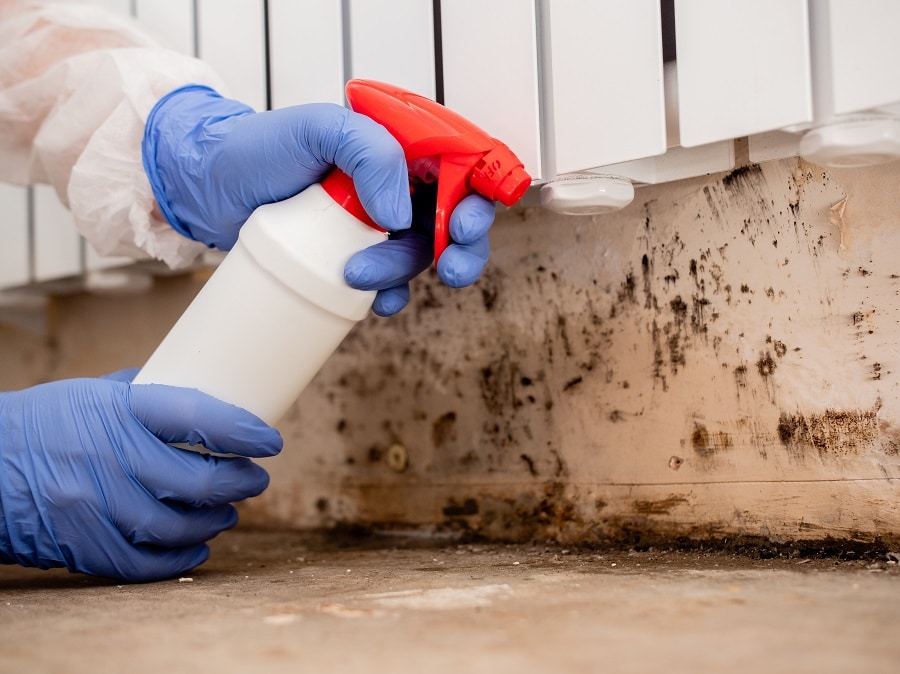When considering any building, no matter how old, timber decay within the structure is usually as a result of rot. Wood rot commonly shows up in two forms: wet and dry rot, both forms are brought on by fungal decay in building timbers.
What is Wet Rot?
Wet rot refers to a parasite known to thrive in wet timber. It distorts the timber, making it swell and separating the fibres, which eventually leads to crumbling and loss of strength in the structure. Wet rot can expedite decay in timber, making it lose structural integrity and to eventually break. Constant exposure to sources of moisture is usually responsible for the formation of wet rot. This exposure could be in the form of penetrating damp from the ‘wet’ side of the building or faulty plumbing. Wet rot is fungi, it spreads to timbers close-by and causes damage.
Our Guarantee
- upto 30 year guarantee
- customer focused team
- 20 years combined experience
- portfolio of satified customers
- attention to detail
- Construction line accreditation
- public liability insurance
- CHAS accreditation
What is the Difference Between Dry Rot and Wet Rot?
Dry rot triggers quick and extensive damage to structural timber as it spreads through the affected property. Wet rot, while occurring more often, causes less harm; the waterlogged areas on the timber suffer virtually all the damage. In the absence of noticeable fungi, we can identify wet or dry rot by observing the variation in timber colour and the size of the cracks seen on the timber.
What causes Wet Rot?
Certain environmental conditions dictate the appearance of wet rot spores on timber. The primary cause of wet rot is moist timber. Moisture facilitates the growth of the Wet Rot fungus. Consequently, the timber begins to display obvious signs of decay.
The Dangers of Wet Rot in Rye
Wet rot is a devastating problem. It can destroy your home and ruin its value. If you have wet rot, it needs to be treated quickly, or it will continue to infect your house. A recent survey asked 2,038 homeowners in London if they had ever experienced wet rot in their homes, where they noticed it, and whether they were able to prevent a recurrence.
The results were quite surprising; over 20% of the respondents had experience with some form of wet rot. Wet Rot attacks timber flooring and can potentially make the property structurally unsafe. In addition to provoking costly repair work, wet rot can drag down your property value, and insurance companies typically shy away from offering policies to houses experiencing moisture ingress or damp build-up.

What are the Warning Signs of Wet Rot?
The conditions required to facilitate the appearance and growth of the fungus differ depending on the type and cause of moisture it is exposed to. Peeling wallpaper (especially at the corners), malfunctioning central heating boiler, a persistent musty smell, and malfunctioning cookers are some easy-to-spot signs of wet rot. Some of the common spots where wet rot is found include external walls, roof spaces/attics, and underneath the kitchen sink. It commonly affects older houses which have been built with timber frames and not modern timber species such as Sapele or Meranti. Timber that is found below ground level or reaching a one-floor level is susceptible to wet rot as well. Identifying it when it appears is the first step towards getting rid of wet or dry rot. If you believe that your house suffers from a wet rot infestation, then you should carry out a damp survey immediately.
Call Our Sussex Damp Experts team now for quote, consultation and advice:
Call on 01273 257 765.
How and When Should I Look for Wood Rot?
The same as spring cleaning, searching for signs of rot and damp is a task that should be undertaken annually. The pre-winter preparation period is a great opportunity for you to do this. You will need a long-handle screwdriver and a flashlight.
You should check the window siding for signs of discolouration and swelling. Paint can cover wood rot, so the wood must be rough and solid, try jabbing the siding with your screwdriver. If the wood gives in with pressure and has a spongy texture, then you are dealing with wood rot. Examine the attic for discoloured wood with a powerful flashlight. Transition to the screwdriver test if you notice any. Make sure you go over the roof decking base, the joints linking wood members at the top of the roof, and at the edges of the attic where slanting rafters transition into eaves. These are prime locations for wood rot to grow in the attic.
Using the flashlight to check out discolouration on the perimeter wood plate on the concrete basement wall, study the wood in a crawl space (sill plate) or basement. Use the screwdriver test on any discoloured regions you come across. Check the walls and floors to spot discolouration below sinks and catch water leakage around baths/tubs and the water heater.
How do we identify wet rot?
Identifying wet rot is not an exact science, there many different forms of wet rot that can affect timber in different ways. Pushing a knife up to the handle into painted timber is an effective way to confirm rot. Our damp-proofing experts are trained to identify the following:
- Localised fungal growth on timber
- The soft, spongy feel of timber; the affected area appears darker than the surrounding timber.
- The soft and spongy texture of rotting timber; the affected region often looks darker than the other parts.
- That spongy, soft feel timber gets when affected by wet rot; the affected parts are darker than the other areas.
- The spongy, soft texture of rotten timber; the infested area is darker than the other parts.
- The springy feeling that is an indicator of wet rot; the affected area is often darker than others around it.
- Crumbling of affected dry timber into particles.
- Dry timber crumbling into particles.
- The crumbling of infested timber into dry particles.
- Dried-out timber disintegrating into particles.
- The disintegration of rot-eaten timber into particles.
- Shrinking timber
- Bleaching wood in window and door frames
- Flaky or damaged paint
- A musty, damp smell
What to Do After You Detect Wet Rot?
You need the services of a damp expert to take on wet rot; ensuring the source of moisture is identified and blocked is crucial to preventing repeat cases. Call Sussex Damp Experts on 01273 257 765 today to get more information about wet rot treatments.
Wet Rot and Damp Proofing in Rye

If you are looking for professional wet rot treatment and damp proofing services in Rye, we are here for you. Call us immediately you spot any indication of damp or wet rot in timber around the house. By helping you fix the problem, you can save money on expensive repairs and also minimise the health risks attached to letting the decay progress unimpeded. Our expert damp proofers will take the cause of the problem into account and proffer possible solutions to resolve it permanently.
Timber damp proofing differs from cosmetic treatment; it is the deliberate act of protecting the timber from the effects of rot and decay. Protection for timber is possible in two ways.
Surface treatments are not reliable; they always fail and end up intensifying the issue. The only answer is to cover the entire surface with a membrane or treating/replacing the timber. If you need further information on wet rot treatment from one of our experts, call 01273 257 765 today.
Wet Rot Treatment Specialists in Rye
With over ten years of experience in the field, we are one of the leading wet rot specialists in Rye, offering free surveys and no obligation quotations to householders, landlords and commercial property owners. Our damp proofing and wet rot experts will visit your property, identify any signs of water ingress or wet rot and advise you on the best course of action. Our experts apply advanced methods to tackle the progression of different types of wet rot in buildings.
Wet Rot Treatment in Rye
Wet rot can be found predominantly in areas that are constantly exposed to moisture. Nevertheless, during wet rot treatment we don’t just fix the damage alone, we address the issue from the source. We investigate how moisture comes in contact with the timber and eliminate all future threats that could lead to a similar situation. Wet rot treatment should be left to experts who can provide a comprehensive solution. Delaying the treatment will only drive up the cost of eventual repairs. When you observe the development of fungi growth or hyphae strands, you are best off to engage the services of a specialist team of experts, such as Sussex Damp Experts.

We can provide lasting solutions to wet rot. Sussex Damp Experts is here to help, we waste no time in identifying the cause for dampness and, which areas have been damaged. Don’t put it off any longer, call us today on 01273 257 765 or complete and submit the contact form to get started.
Our Wet Rot Treatment Process in Rye
The same with other property-related repairs, the longer you wait, the worse it gets. If you recognise the presence of wet rot early enough, the treatment can be restricted to a small area. Severe cases where the rot has advanced across the breadth of timber could mean you will need major repair work or replacements for the timber beams. Wet rot treatment involves several steps. The treatment process begins with an assessment of the source of the problem and eliminating exposure of the timber to moisture. We identify the source of moisture ingress including condensation and broken guttering, and we apply corrective measures to cut them off. Builders and contractors without sufficient expertise in the matter tend to replace the decayed wood. Such efforts are usually followed by spraying chemical preservatives on the area in question. This approach is sure to fail. If you are unsure about the presence of wet rot in your building, no worries! Sussex Damp Experts is always ready to help you get rid of it and save your timber.
What happens to Wet Rot if left untreated?
Ignoring wet rot gives it the license to weaken the structural timber, which could put the lives of the residents in danger. When the rot settles in the timber, it becomes spongy and falls in if you poke it with a knife or screwdriver. An extreme result means that structural timbers lose their integrity over time. In a worst-case scenario, this means your property could be condemned. Call Sussex Damp Experts on 01273 257 765 to get your treatment project started today.
What is the cost of Wet Rot Treatment in Rye?
The effects of rot are devastating for any property. The type of damage done as well as the severity will determine the cost of remedial work and damp proofing to be done. However, don’t let that discourage you. With our experts who are always willing to help, you will find that wet rot treatment in Rye doesn’t have to cost a fortune. We are committed to helping you make the right choices for your home and health.
How to prevent wet rot?
At all times, wood should be kept dry to avoid cases of rot. Wood hardeners are another excellent precautionary measure. The hardener provides an extra layer of protection against rot. Areas of a building that are most vulnerable to damp include window boxes and sills, and timbers that haven’t passed through damp proofing treatment such as fungicide and sealant applications but still touch stonework.
Talk to Our Wet Rot Treatment Experts Today!
Call 01273 257 765 today to speak to one of our experts concerning wet rot treatment in your building.
FAQ
Is wet rot smelly?
Is Wet Rot Capable of Spreading?
Can Wet Rot Cause Health Problems?
Is there a DIY treatment solution?




